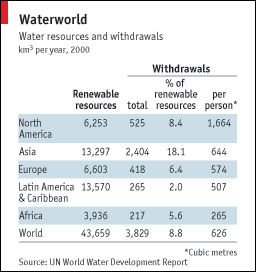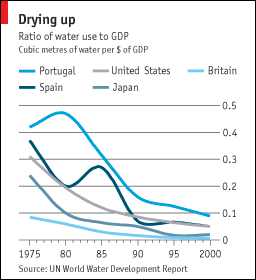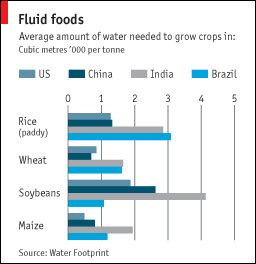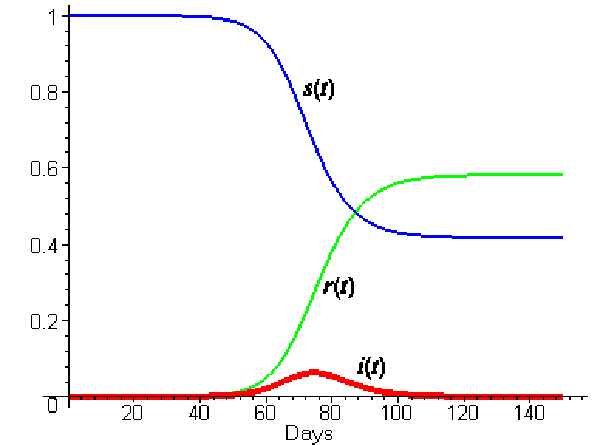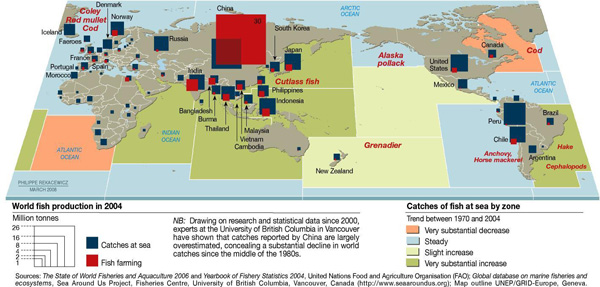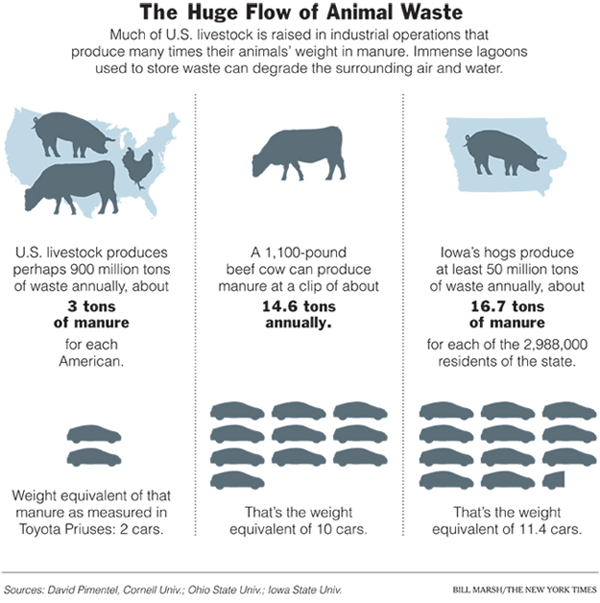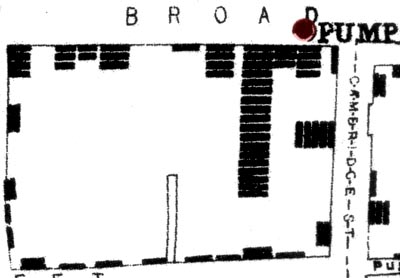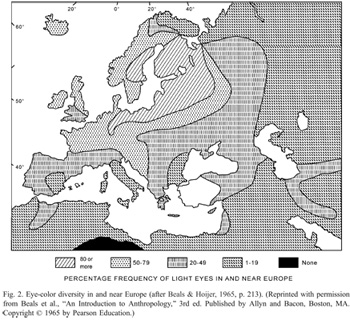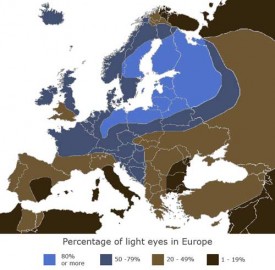What works
This is an example of activism by animation. It’s not an information graphic so I’m not going to offer a critique, but I find it interesting that the economic benefits of coral reefs like tourism, fishing, and pharmaceutical discovery are foregrounded while environmental concerns like species biodiversity and ocean acidity are mentioned afterwards.
Have a happy Friday, readers.
What I would enjoy seeing
I would love to see an animation of this quality that explained the process of ocean acidification and what we would have to do to reverse it. How much would our carbon emissions have to be decreased to make a difference at this point? And how much would that impact the typical American lifestyle?
References
World Resources Institute. (9 July 2012) “Coral reefs: Polyps in peril”. Animation by Jim Toomey.


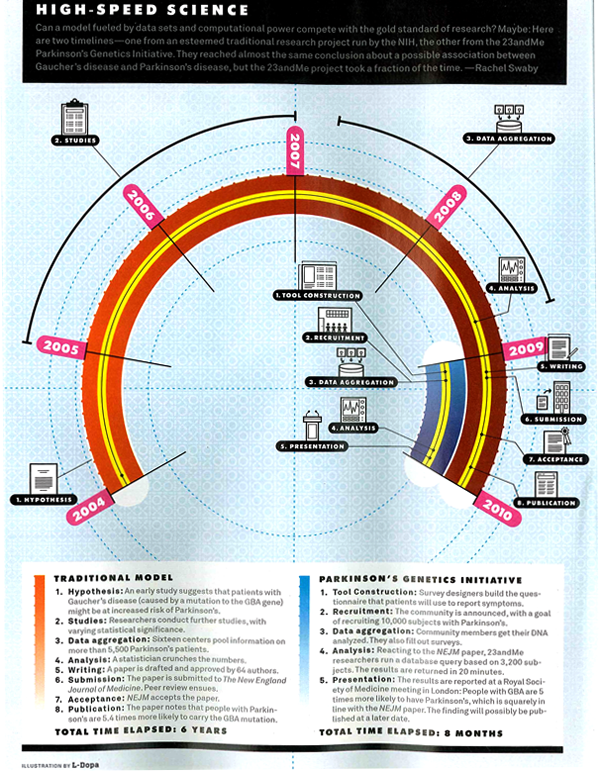
![A Common Mistake 'A Common Mistake' [original caption]](https://thesocietypages.org/graphicsociology/files/2009/11/shark1.jpg)
![Identity Crisis 'Identity Crisis' [original caption]](https://thesocietypages.org/graphicsociology/files/2009/11/shark2.jpg)
